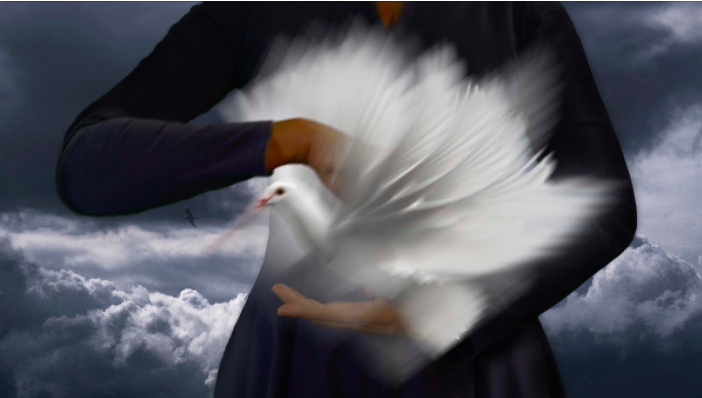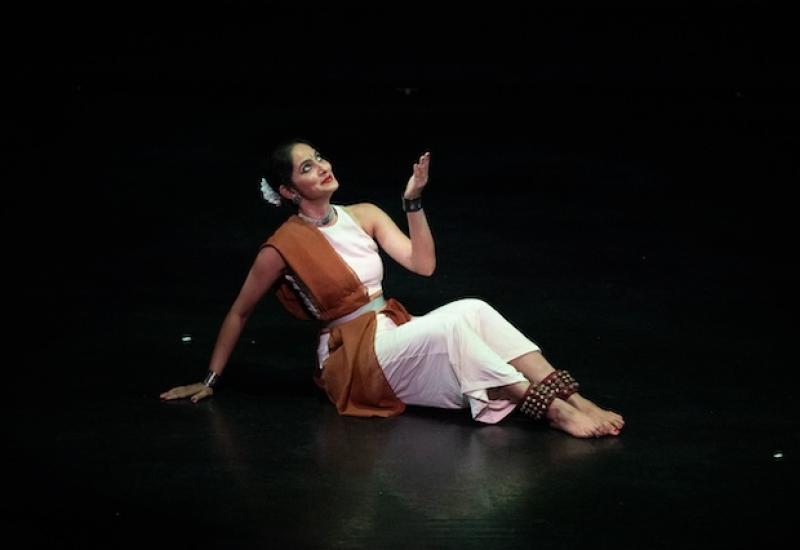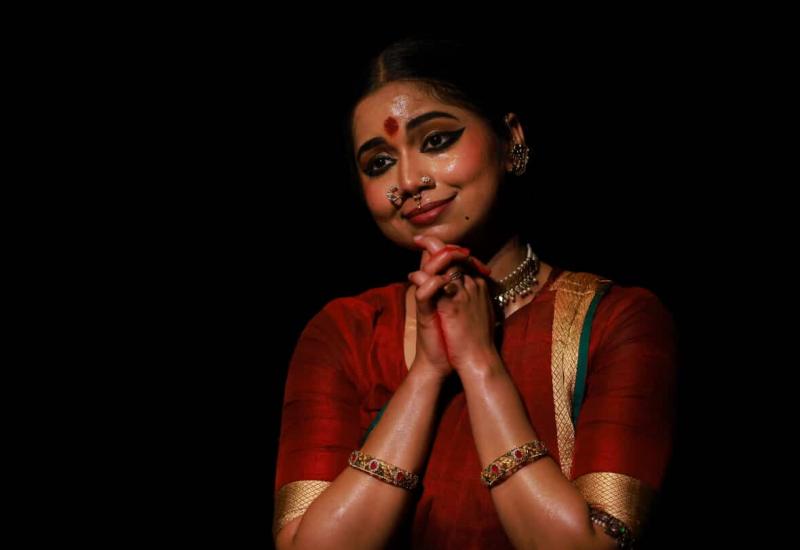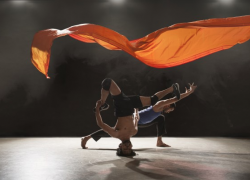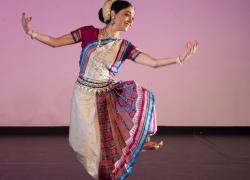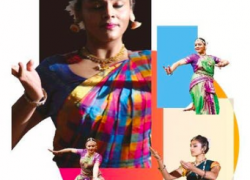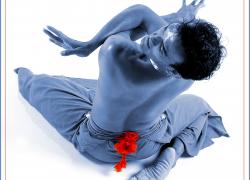Catch The Bird Who Won't Fly & Our Animal Kingdom
Catch The Bird Who Won’t Fly
Amina Khayyam Company
&
Our Animal Kingdom
Akram Khan Company and Numeridanse
Reviewed by the Pulse Dance Club
21 December 2020
A group of viewers watched these two films and met on Zoom to share their responses, compiled here.
Images: Screen shots taken from the films.
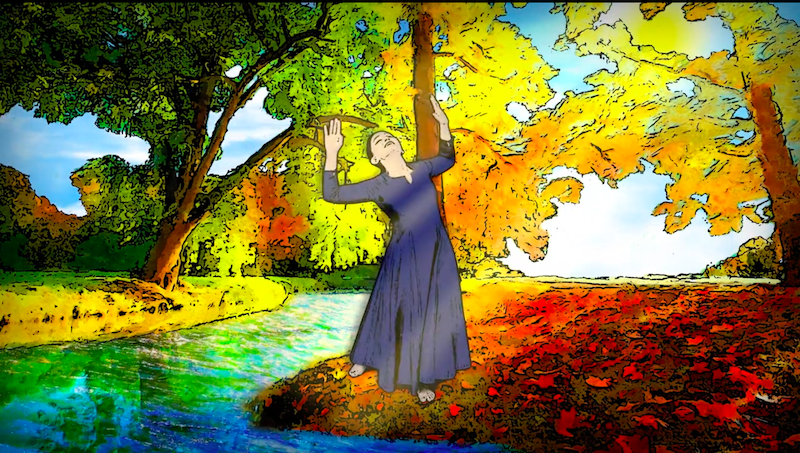
Catch The Bird Who Won’t Fly
It is a harsh reality that the crime of domestic violence against women has seen an increase during lockdown. Amina Khayyam Company’s latest production, made remotely, Catch The Bird Who Won’t Fly, narrates, and connects, four individual stories based on real experiences that were researched with AKDC’s network of women's groups. It does this through a skilfully-produced combination of filmed dance and animation. Our audience found this work on a deeply distressing subject accessible and even, perhaps, hopeful.
The technique of using animation with dance, together with a subtle and carefully-crafted soundscape made a powerful combination. ‘The sound of flying was desperate and also beautiful.’ The bols added texture (and a slapping sound was noted). The use of colours reflected the mood, with reds expressing protest, browns and yellows the happy moments. The garden gave a sense of freedom and joy, in a sort of abstract memory of a life before or outside the confines of the flat in which the woman was trapped; with the second house like a cage. The dancer’s scream, releasing a bird which flew to the next dancer in the story, and then the birds escaping from the dancer’s chest, linked the experiences. The settings of the stories in different types of houses, from a flat in an estate to a house in an affluent-looking suburb, reminded us of the ubiquity of the experience for women. The image of a real woman’s face, bruised and beaten, was a reminder this was not just animation, it was reality. This was a compelling interplay between the ‘real’ and the abstract.
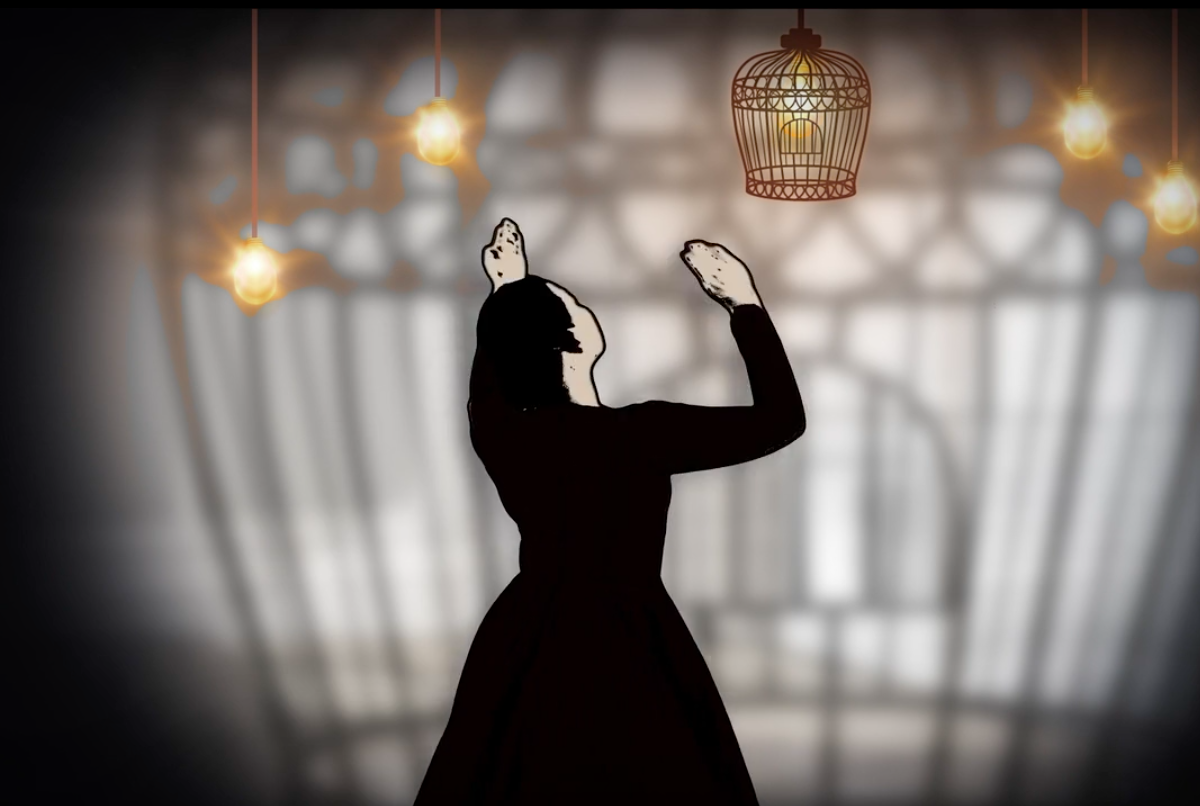
The animation brought another light to storytelling through dance – and it was beautifully danced. Kathak is more usually an upright dance, with the legs straight: but here, the body and the spine moved differently. The movement matched the subject, with the sense that the dancer was trying to break shackles holding her. The closeness to the body suggested a feeling of being trapped. Free movement was contrasted to the bound movement – the movement of kathak, formal and within a much narrower space.
The use of gesture was very strong, such as the hand to the ear in the story of the young man (Mithun Gill). The gentleness of the male dancer was noted, as he expressed tenderness and closeness, the relationship of a mother to her child. This section was a reminder that in domestic abuse, there are other people also involved and vulnerable.
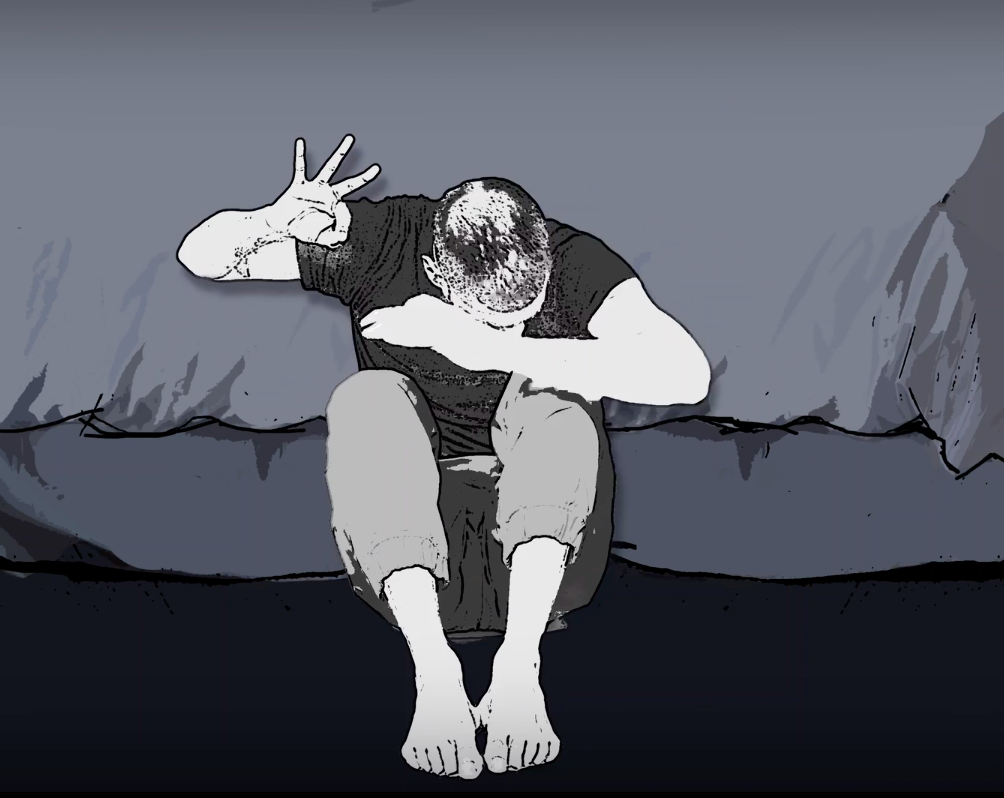
On an emotional level, the work was described as ‘harrowing’. The dance communicated very clearly, even though the details of the stories were not necessarily understood.
One audience member commented that it could have been clichéd, but wasn’t. Why wasn’t it? We agreed that the key was that the reality of the story takes precedence over the dance in Khayyam’s work – which is what makes the dance so compelling and powerful and enables it to elicit the responses that this work did.
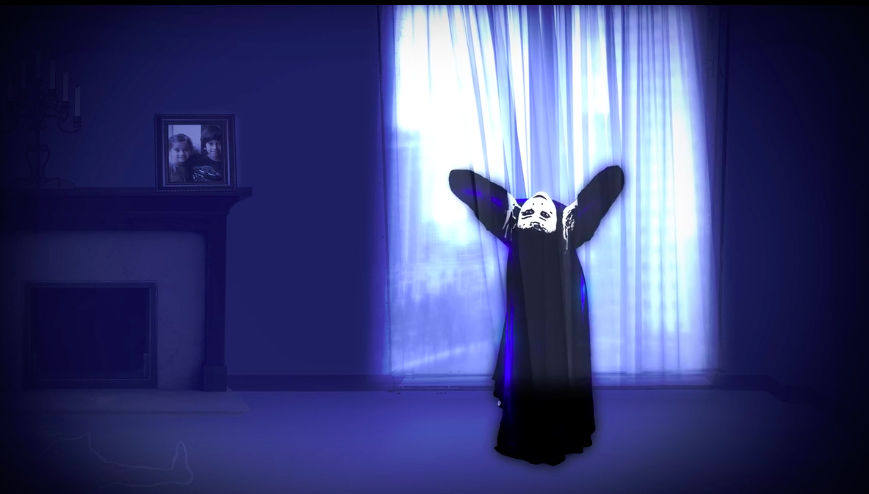
Another commented that she has friends who have been in abusive relationships and what strong, wonderful spirited women they are. In the film, the woman with the bruises looked like a victim, but framed within the animation and the dance, one saw the woman’s spirit shining through. She screamed, but birds came out of her mouth.
If there was any criticism, it was only that it was a little too long – two or three minutes might have been trimmed to advantage.
This a moving work. Khayyam is a fine kathak dancer who is dealing with social issues sensitively and powerfully and with sophistication.
Click here to watch Catch The Bird Who Won't Fly
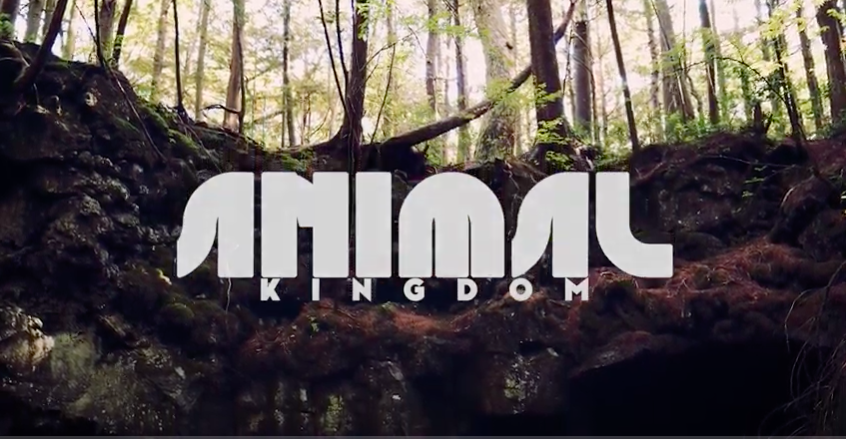
Our Animal Kingdom
Akram Khan Company and Numeridanse
This short film (nine minutes) provided something like light relief after watching trapped women. We enjoyed the inclusivity and the huge diversity of the group. It was very refreshing.
The Animal Kingdom project was launched in February 2020. Inspired by the play Outwitting the Devil created by Akram Khan, it invited amateur and professional dancers of any age to create a choreography and film themselves wondering: ‘what animal lies dormant in me?’ 172 videos were sent from all over the world, with thirty-one countries represented. The film features all of the submissions received, pieced together by Maxime Dos to a score by Vincenzo Lamagna.
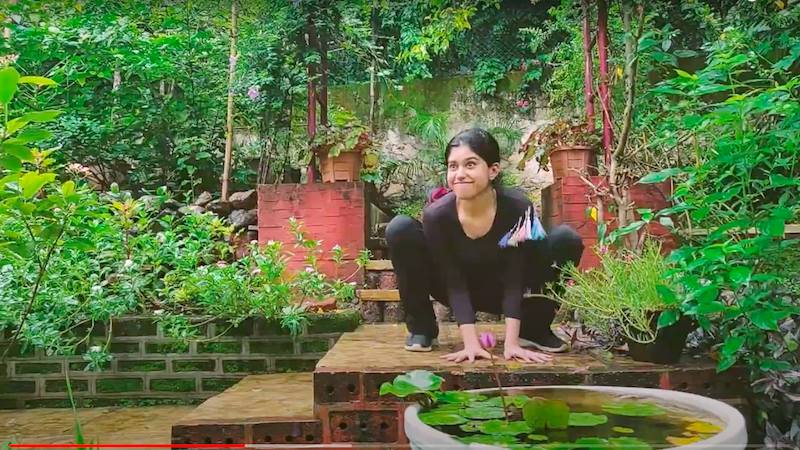
The editing was very skilful, so that the film felt a coherent whole. The participants had responded to the brief, ‘what animal lies dormant in me?’ with true commitment, and, in the whole, something has been created something beyond themselves.
We loved going from place to place, such as from a forest to a narrow alley, grassy plains to tarmac playgrounds. One felt connected to a wider world.
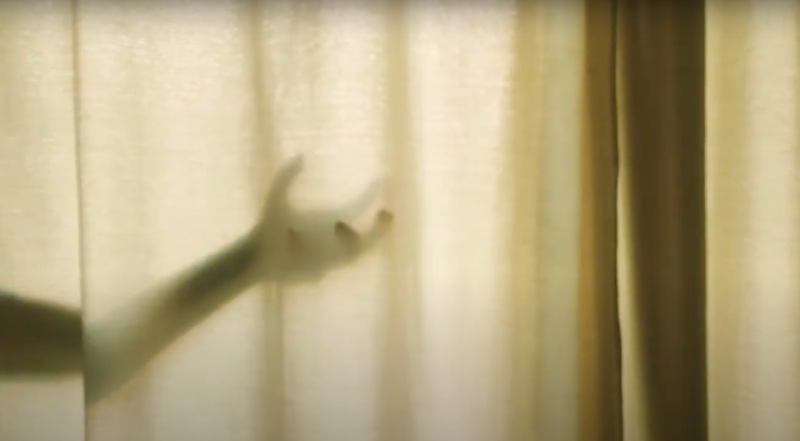
Moments that were picked up and mentioned included the detail of a hand behind a curtain, so expressive ‘it made the heart very full’; a child’s face making an animal expression, thinking that it’s just me and the camera – ‘it comes naturally for children to imitate animals’; a slow loris on a branch; an ape; kangaroos; lizards. There was also humour, where a turtle or tortoise seemed to have been overturned and was trying to right itself. There was so much to see, one could go back and watch it a few times, and in doing so, one tuned in more and more to it. It was like reading and re-reading a poem.
The figure at the start, a nude man in a natural environment, at the end becomes a tiny figure, a little particle, with the last shot that of a massive tree. It ‘made one feel the expansion’. It made us feel a part of the human race, part of the natural world.
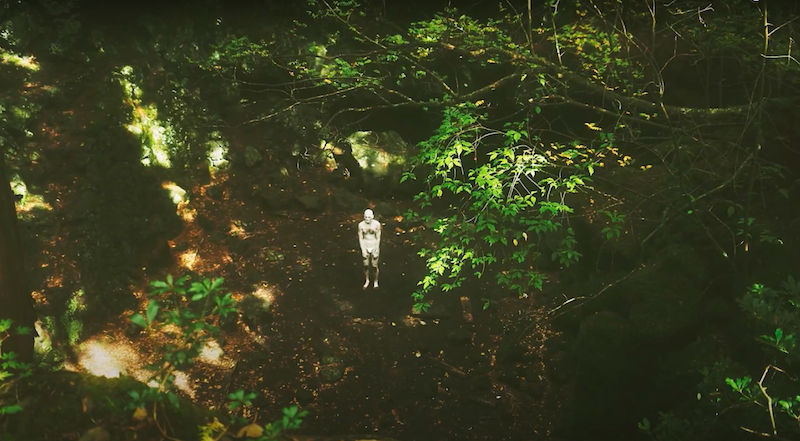
Click Here to watch Our Animal Kingdom
With thanks to our Dance Club participants:
Coralie Green, Penny King, Helen Kilbride, Bisakha Sarker, Kate Stein, Debbie Williams, Sanjeevini Dutta

